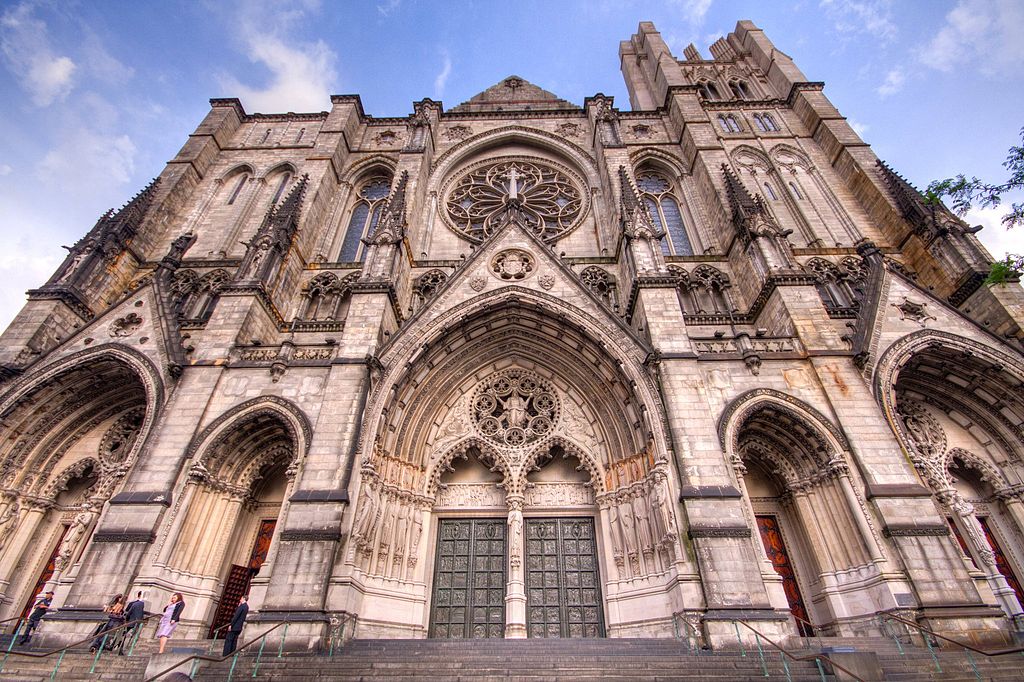In his book Bad Religion, Ross Douthat suggests that the 1950s were the high water mark for Christianity in America. Amongst other things, church attendance was at its peak and each of America’s four defining ecclesial traditions were relatively strong. The Protestant Mainline was still vital, providing a kind of moral conscience to accompany the dynamism of American markets and might of American political power, as Joseph Bottum has argued. The Mainline provided a way for Christian Americans to self-consciously recognize the ways in which their faith equipped them for virtuous citizenship and participation in the institutions of American public life. Meanwhile, American Evangelicalism supplied an energy, entrepreneurialism, and spirit of outreach that paired well with the Mainline’s more stolid sensibility. Where evangelicalism was deficient — aiming the energy it excelled at gathering up — the mainline was strong and vice versa. The combination allowed for the publicly conscious, institutionally rooted realism of Niebuhr to exist alongside the energy and zeal of Graham.
Login to read more
Sign in or create a free account to access Subscriber-only content.
